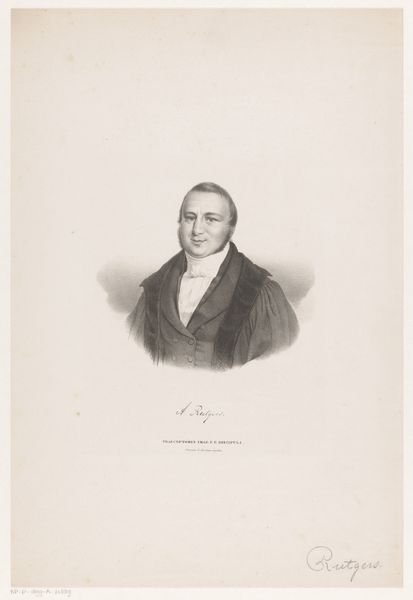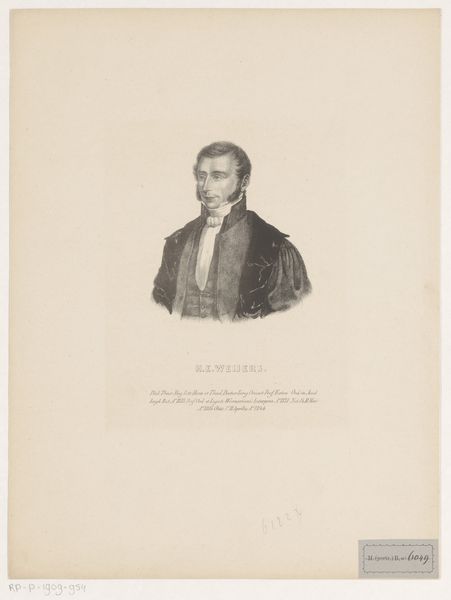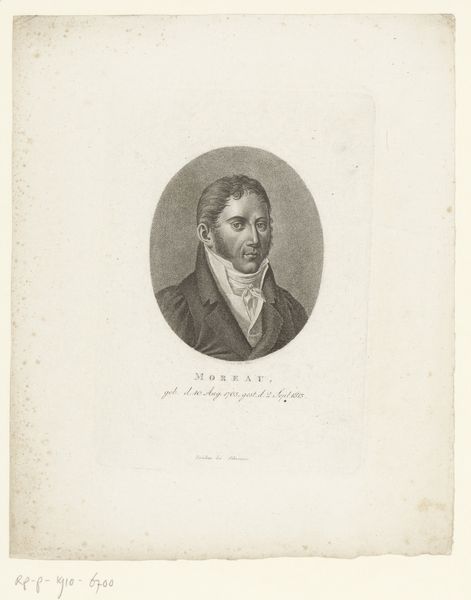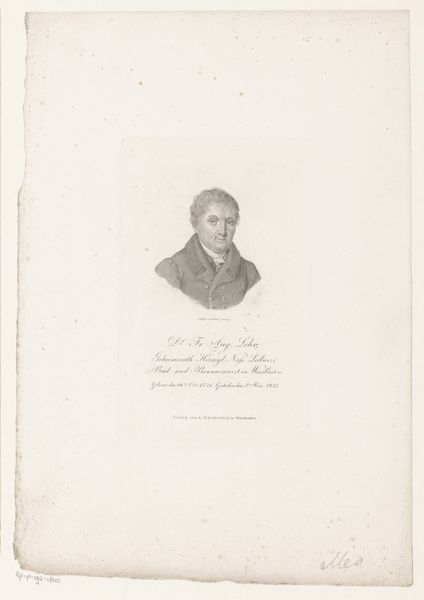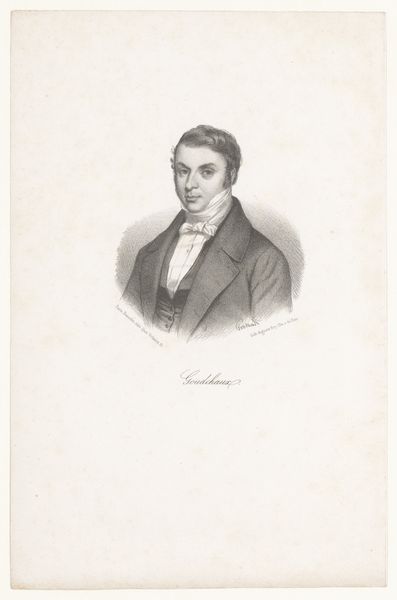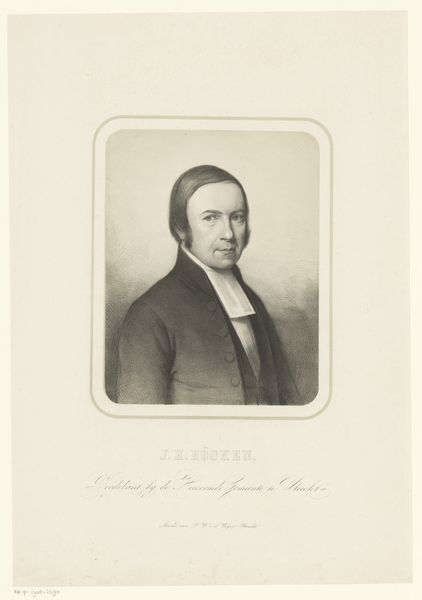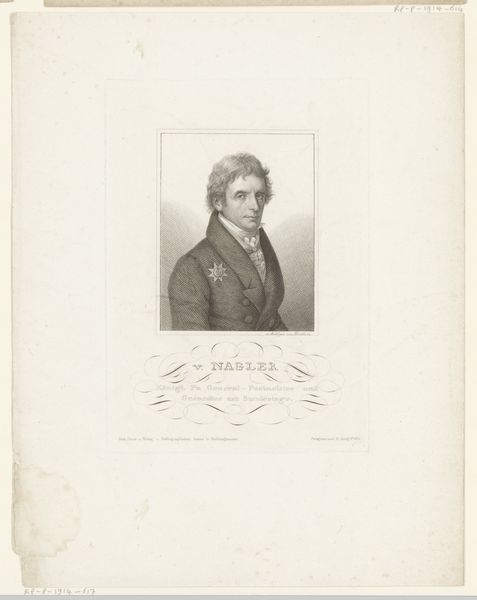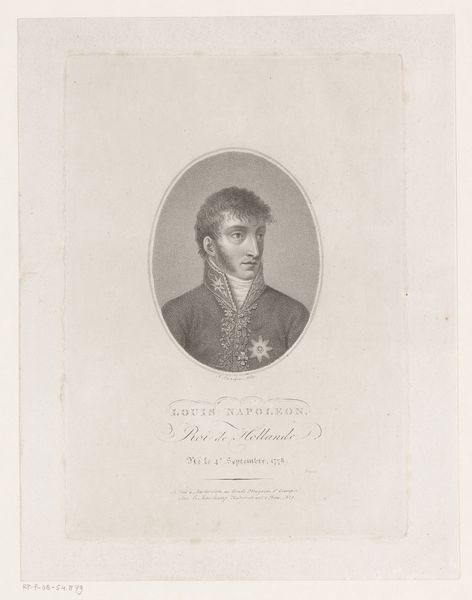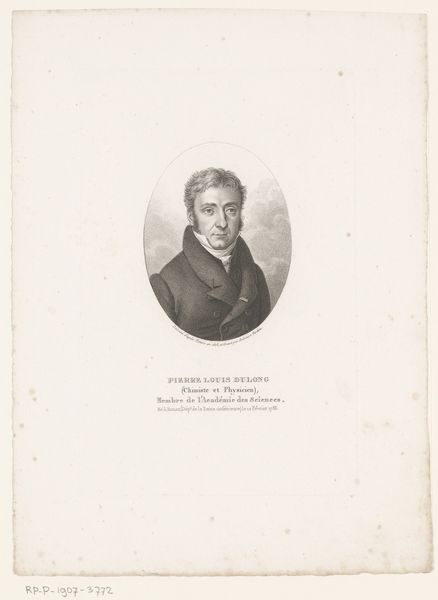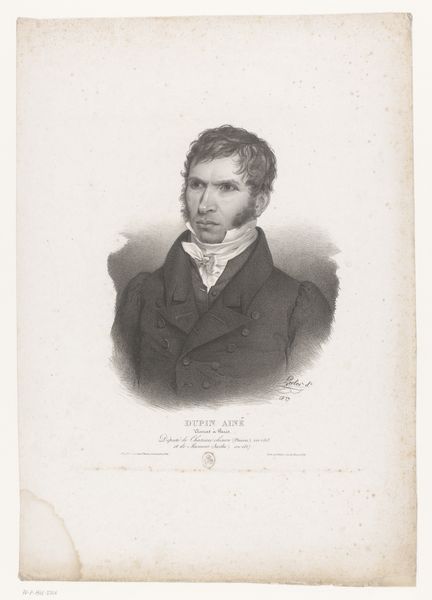
drawing, graphite
#
portrait
#
pencil drawn
#
drawing
#
neoclacissism
#
pencil sketch
#
caricature
#
pencil drawing
#
graphite
#
portrait drawing
#
academic-art
Dimensions: height 333 mm, width 260 mm
Copyright: Rijks Museum: Open Domain
Curator: Let’s turn our attention to this portrait drawing. Duval, as he signed himself, created this portrait of André Dupin in 1826. The piece, rendered in graphite, is currently housed right here at the Rijksmuseum. Editor: It has an austere elegance, doesn’t it? The tight control of line, the careful shading... you almost feel like you can reach out and touch the man’s severe jacket. I’m curious about Duval’s use of graphite for such a formal portrait. Curator: Indeed. Consider the rise of graphite as a readily available, relatively inexpensive material in the 19th century. It democratized portraiture to some extent. This allowed artists to produce multiples easily or to create preparatory sketches. Editor: So, a tension arises. The material suggests accessibility, but the artistic style, very much within the Neoclassical tradition, lends itself to a more elevated representation. Dupin himself, as a prominent lawyer and later a politician, likely had specific expectations for his public image. How do you think the frame around the figure contributed to that public role? Curator: The frame certainly adds another layer of meaning. It's filled with symbolic motifs, referencing classical art and suggesting Dupin’s connection to those ideals. Notice the laurel wreaths and classical figures. It elevates the sitter by associating him with enduring virtues and intellectual prowess. The visual cues suggest Dupin saw himself as a defender of justice and upholder of classical values in the social and political sphere. Editor: I agree. Looking closely at the frame itself, the precise lines of those decorative elements seem almost mass-produced in contrast to the more freely rendered face. Was the frame a pre-existing element or specially designed and printed? Curator: Interesting question. The level of detail in the portrait suggests a unique execution; whereas, the surrounding decorative frame appears almost printed or mechanically reproduced. Editor: Duval and his printmaker played clever with medium and mode of presentation to capture this lawyer, Dupin, at a specific cultural moment. Curator: An excellent point, Duval's artwork showcases that material choices and context intertwine in fascinating ways. Editor: Agreed! I think I will come away thinking about all the things beyond the obvious regarding art production and appreciation.
Comments
No comments
Be the first to comment and join the conversation on the ultimate creative platform.
